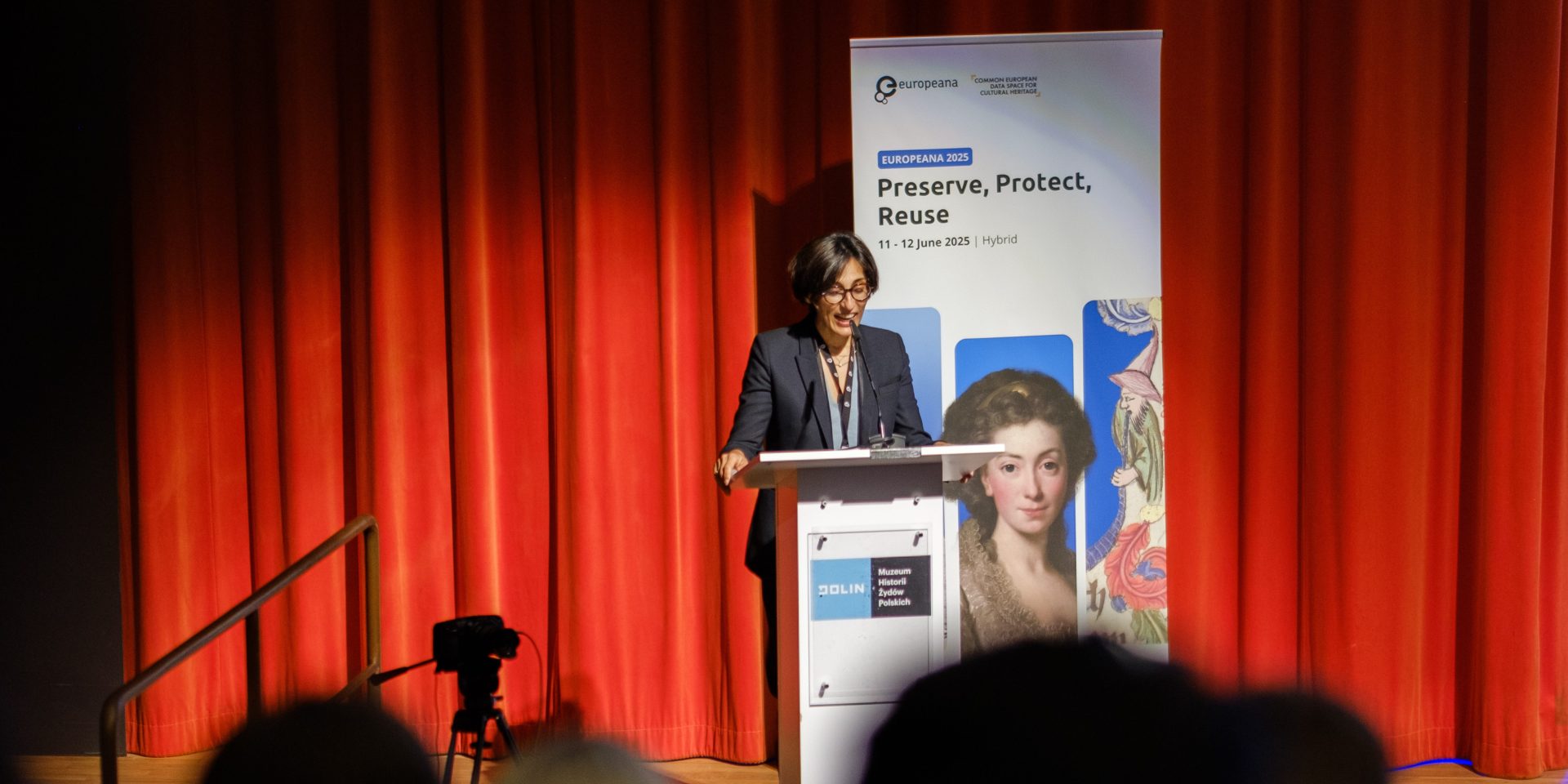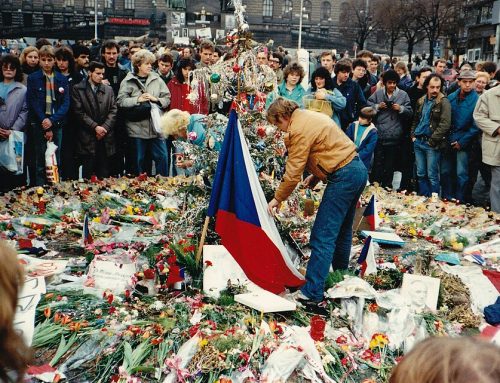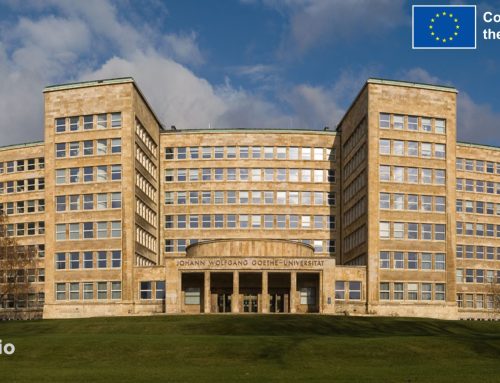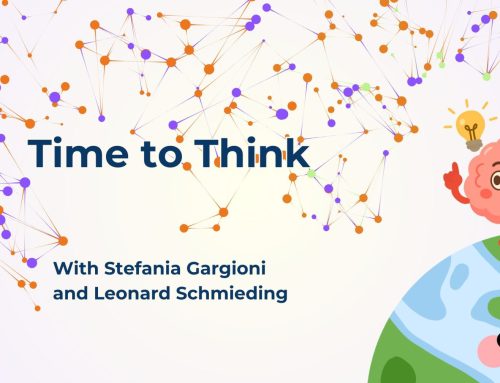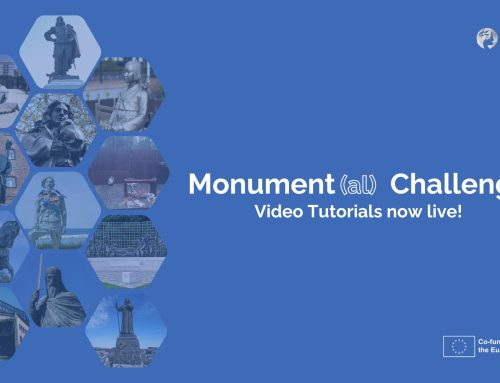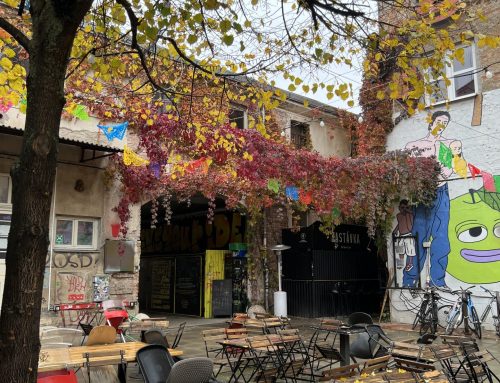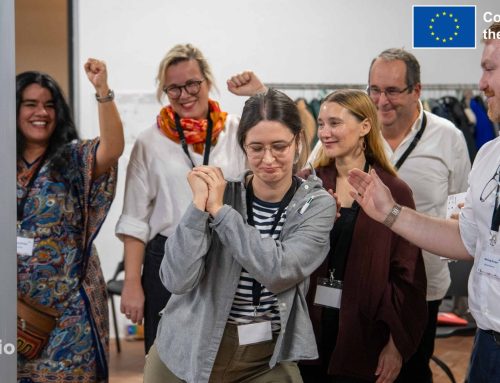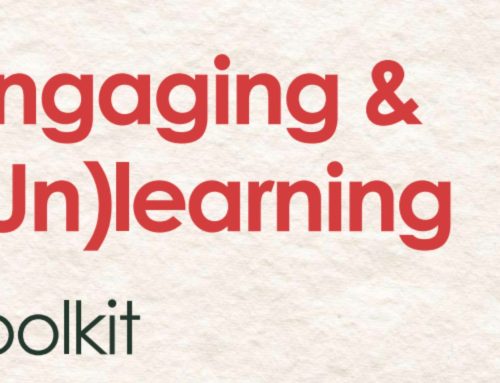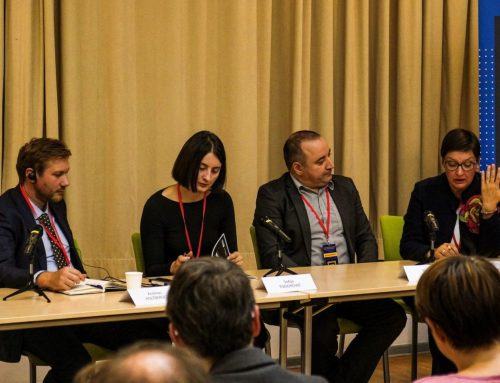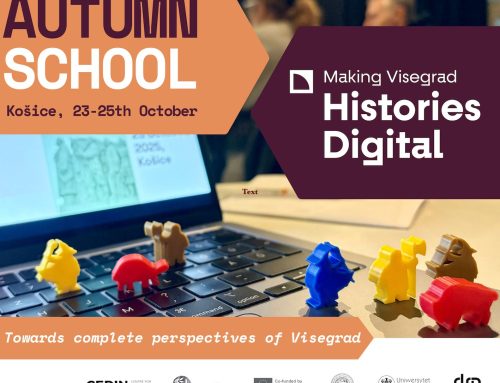Cover image: Sebastiaan ter Burg
Preserve, protect, reuse formed the guiding theme of Europeana 2025, a two-day conference held in Warsaw that highlighted the value of digital cultural heritage and the common European dataspace. Speakers explored the opportunities and challenges facing the digital heritage sector, demonstrating how the common European dataspace for cultural heritage can foster sustainability and democracy.
The future of digital cultural heritage was explored through lenses such as tourism, conflict and research. Europeana 2025 further provided workshops on the future of 3D, digital preservation and using AI-powered tools for inclusivity. Below are five key takeaways from the Europeana conference.
The common European dataspace
To open the conference, Head of the Unit ‘Interactive technologies, Digital for Culture and Education’ (DG Connect), Rehana Schwinninger-Ladak, referenced the European Commission’s objective of a common dataspace in Europe. With the cultural heritage dataspace leading the way as a model of standardisation, common dataspaces replace national lines with European-wide collaboration.
‘Access and reuse’ is at the heart of Europeana’s goal towards a common cultural heritage dataspace. Access in this context means not just the democratisation of cultural heritage data, which should belong to us all, but also providing a context of trust, provenance and transparency in which this data is accessed. The conference highlighted the value of cultural heritage in bringing people together and providing a sense of common identity, to which a common cultural heritage dataspace is integral.
Digital cultural heritage in tourism
Combining the digitised cultural heritage and tourism sectors can provide a way towards more sustainable tourism. For instance, the Time Machine project aims towards a large-scale digital information system mapping European social, cultural and geographical evolution across time. The project uses AI to check cultural heritage data, such as the date and location of images. This digitised cultural heritage data can be used to enhance experiences of tourism, demonstrating a natural collaboration between the sectors.
A conference workshop dedicated to tourism, culture and tech demonstrated the need for data-driven cultural heritage preservation for sustainable tourism. Speakers noted the importance of a gamified user experience for a more active engagement with local culture. The Road Trip: Ireland app provides a cultural audio guide to immerse users in local cultural heritage. Listening to these guides, which incorporate traditional music, history and folklore, keeps the region’s cultural heritage alive. The organisation further aims to reuse existing oral history recordings, cementing the value of sustainability encouraged by Europeana 2025.
However, the opening panel discussion also noted the tensions interwoven in cultural heritage tourism. With trust at the centre of accessible cultural heritage data, it’s hard to ignore the issues involving stolen cultural heritage across Europe. Cultural heritage is political, and its lack of neutrality is important to highlight when seeking a foundation of trust.
The value of AI
The German company Zaubar introduced their use of Generative AI (artificial intelligence that creates content) and augmented reality services in museums, tourism and memorials. Their aim is to make cultural heritage not just accessible but experimental, bringing digital heritage to life.
Spatial AI can provide an immersive historical experience for heritage sites, for instance by enabling visitors to interact with historical characters within a digital reconstruction during a visit to castle ruins. This mix of virtual play and physical cultural heritage provides an accessible and holistic experience. Likewise, the Munch museum in Oslo uses AI to provide interactive museum experiences that draw young people into conservation. The museum’s interactive experience ‘New Snow’ invites visitors to create their own digital drawings before using artificial intelligence to analyse each picture and find a match to the works of Edvard Munch.
AI serves cultural heritage beyond museums, providing pertinent experiences for memorialisation. Zaubar has further integrated its AI spatial agent technology into the Stolpersteine project, whose mission is to commemorate the victims of National Socialism. Here the AI tool provides multimedia content including text, historical photos and audio to make the stories of Nazi victims tangible.
Introducing 3D to cultural heritage
‘Twin It! 3D for Europe’s culture’ invites the Ministries of Culture of the European Union Member States to liaise with their national cultural institutions and submit 3D digitised heritage assets to the common European dataspace for cultural heritage. Like its other initiatives, Europeana’s 3D digital heritage campaign sets out to make cultural heritage available for future generations by making it both more accessible and more enticing.
Conference attendees were introduced to holographic postcards that bring cultural heritage artefacts to life through holograms. These are particularly valuable for museum curators and tourism professionals seeking to attract visitors without spending large amounts of funding.
Digital cultural heritage in times of conflict
Particularly poignant was a conference panel discussion on heritage in times of war. Representatives of Ukrainian cultural heritage institutes noted the value of digitisation to preserve and protect heritage following Russia’s 2022 full-scale invasion. The Ukrainian organisation Hemo documents the destruction of cultural heritage during the Russian-Ukrainian war, using a digital database in order to do so. Another current use of digital cultural heritage in Ukraine is the exhibition of digital copies of artworks that have been stolen, destroyed, or have disappeared since the full-scale invasion – this is the goal of the Museum of Stolen Art. The ‘museum’ provides a digital platform that not only exhibits Ukraine’s missing cultural heritage, but serves as a system of evidence of the crimes of the Russian federation against Ukrainian culture.
The discussion noted the need for civil society to protect cultural heritage in times of conflict when there is a lack of strong, centralised institutions. The panel further pointed to ways in which the EU can learn from the Ukrainian civil response towards the protection of cultural heritage in the event of a crisis. Digitisation presents a solution to many future access scenarios when it comes to cultural heritage.

